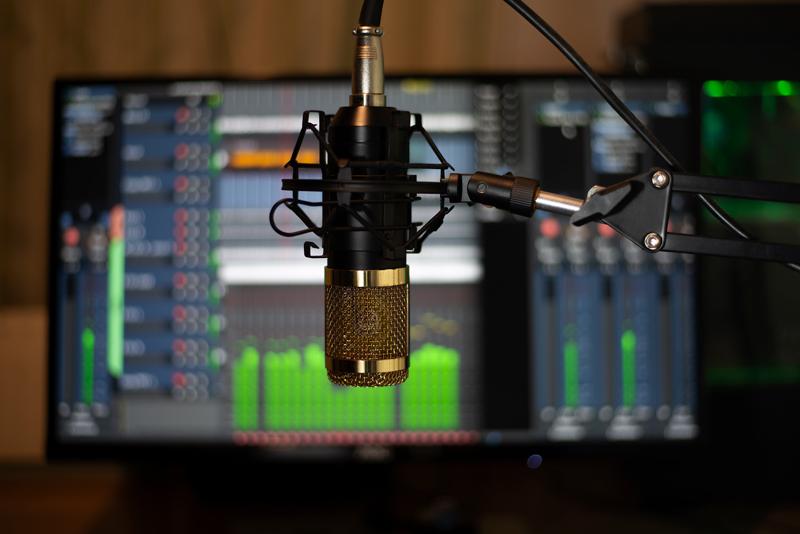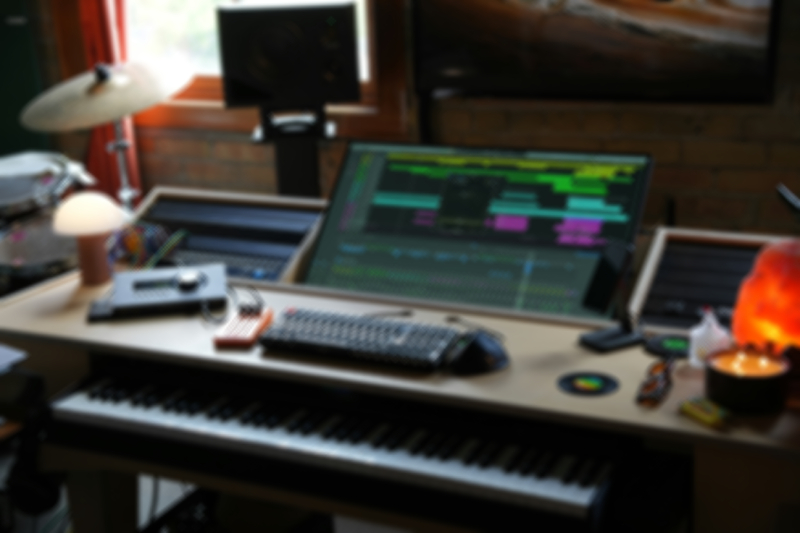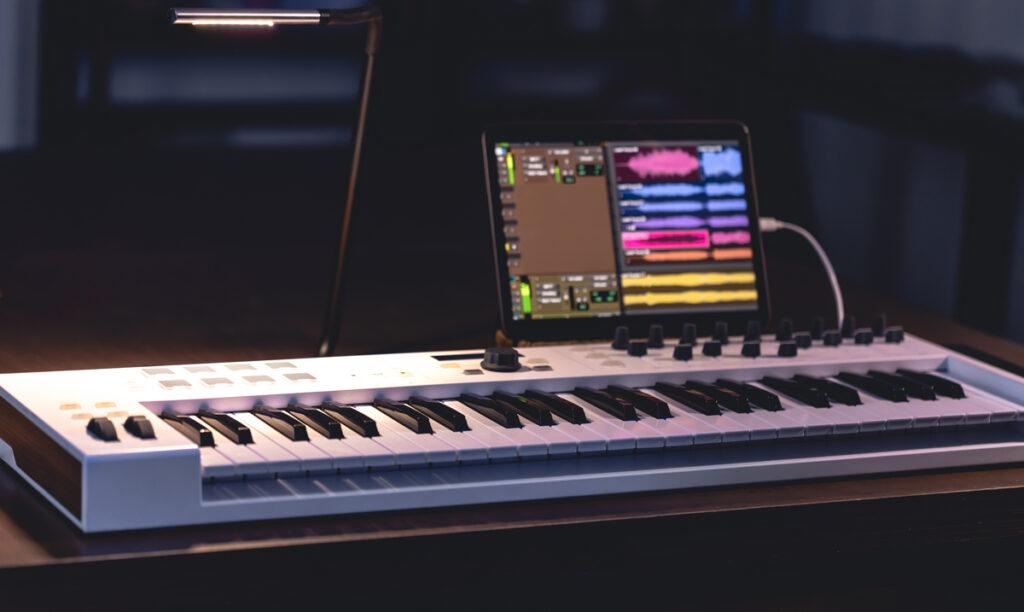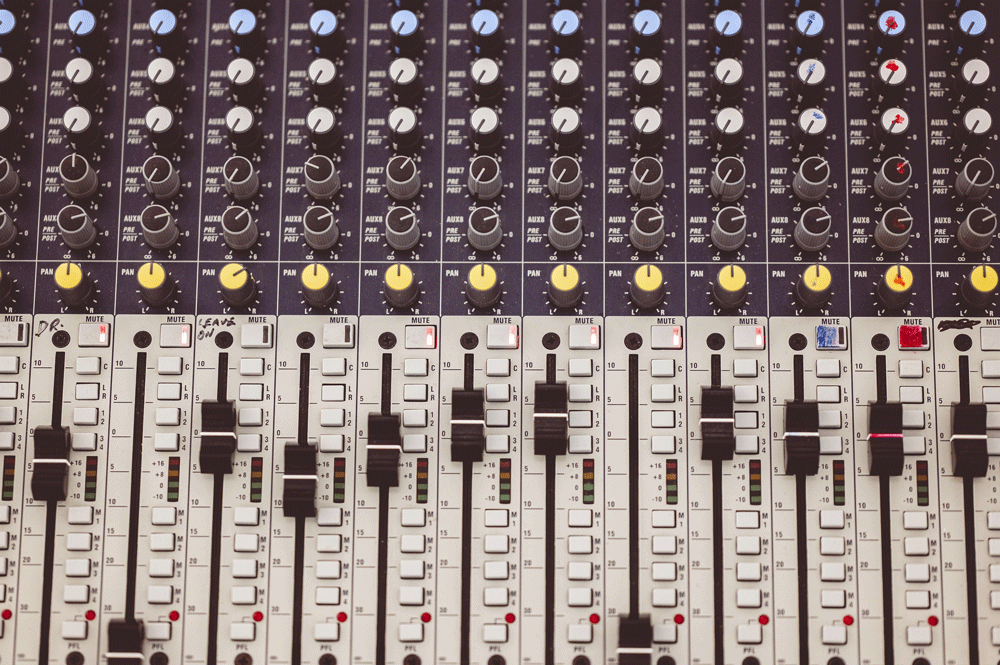At our Major Mixing mixing and mastering studio we often get requests for mixing electronic dance music tracks. We love mixing EDM and there are reasons why working with this genre is particularly enjoyable for a mix engineer.
In this article, we’ll share our approach to mixing EDM in our studio. With over a decade of experience in music production, we’ve honed the techniques we’ll be discussing.
After reading this article, you’ll learn why working with EDM is so different, as well as you’ll be armed with EDM mixing tips that come from our experience of mixing this genre.
What is mixing EDM?
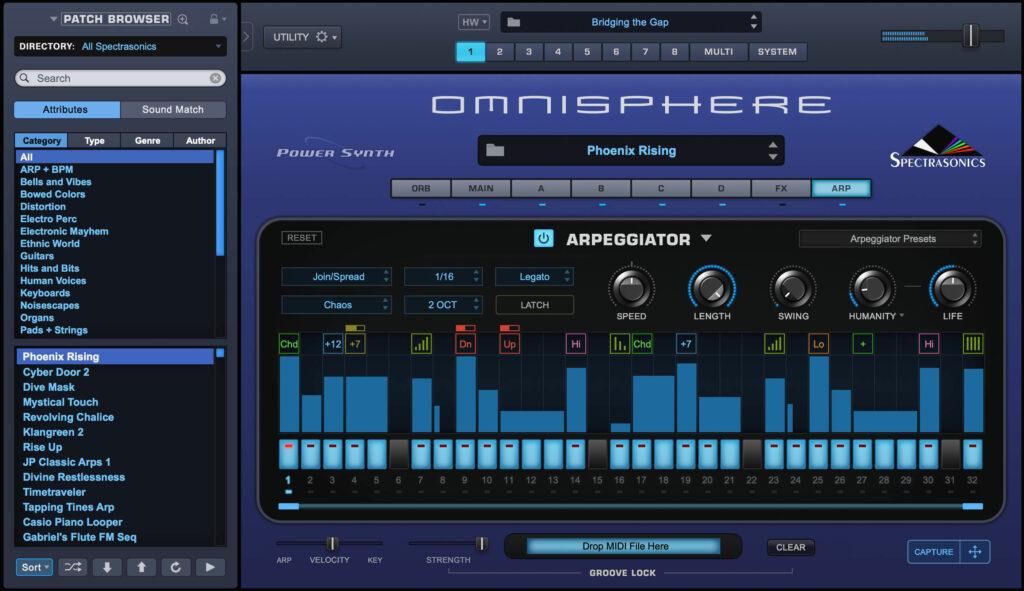 Mixing EDM is the same as with any other genre in music production, it’s creating a masterpiece song from a multitrack that consists of drums, other instruments, and vocal tracks. At the same time, to mix an EDM song, an engineer needs to understand the specifics of the genre and the peculiarities of a mix made of VST sounds.
Mixing EDM is the same as with any other genre in music production, it’s creating a masterpiece song from a multitrack that consists of drums, other instruments, and vocal tracks. At the same time, to mix an EDM song, an engineer needs to understand the specifics of the genre and the peculiarities of a mix made of VST sounds.
The tracks of this genre are comprised of instruments synthesized inside VST plugins.
EDM has a bunch of subgenres which include house, techno, drum&bass, and many others.
The electronic sounds, unlike live instrument recordings, don’t contain as many imperfections that need to be corrected with different plugins. These sounds, if created professionally, shouldn’t need much processing, after all, you can easily create a better sound if you see that the current one has flaws.
At the same time, EDM is a paradise for someone who loves creative effects. Here you can place whatever strange sound FX you like and not sound weird. And regarding this, when you are mixing this genre, you become more like a producer enriching the song with new sounds.
So, in general, mixing dance music includes some differences that you need to know before you start working on the mix. Most of them we’ll cover in this article, so keep reading!
Is EDM hard to mix?
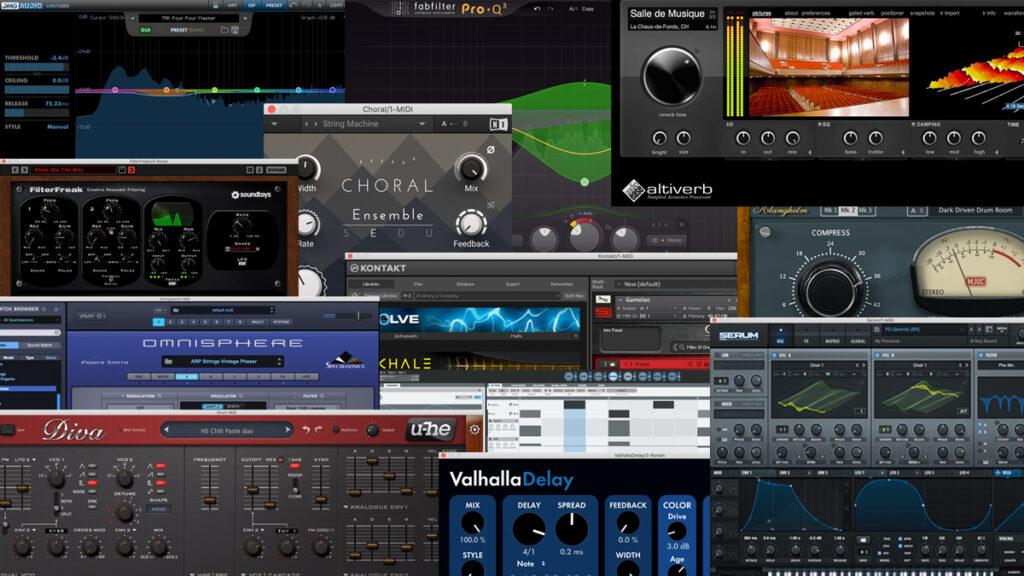 EDM is relatively easy to mix for an experienced mix engineer but of course, as with every genre, electronic dance music has its peculiarities and specifics that require the engineer’s knowledge, experience, good musical taste, and understanding of the modern industry standards.
EDM is relatively easy to mix for an experienced mix engineer but of course, as with every genre, electronic dance music has its peculiarities and specifics that require the engineer’s knowledge, experience, good musical taste, and understanding of the modern industry standards.
Our engineers feel that mixing this genre is relatively easy because the mix session usually consists of already perfected sounds. However, working with EDM requires a lot of creativity and out-of-the-box thinking.
As electronic sounds are created with the help of VST instruments, it becomes the producer’s work more than a mix engineer’s work to shape each instrument as it should sound in the track.
So most often the mix engineer receives a multitrack in which individual instruments don’t require much improvement.
However, when we receive from our customers for mixing a multitrack where sounds do need much improvement, and sound editing is included in the order, we create new better sounds so the mix sounds good. For example, if we need a kick with a larger transient, we synthesize one and do not modify some of the original kick sounds to match the desired shape. Being able to do this creates a huge advantage for EDM music.
At the same time, while mixing EDM, an engineer faces some challenges. First of all, you need to understand the genre and be able to creatively add various FX. With this, a mix engineer becomes a composer in a way because effects are a vital part of an EDM instrumental and song melody.
Want a free test mix of your track?
We get it.
That’s why we’ll do a full hybrid (analog + digital) mix of your song —
for free.
No upfront payment. No risk.
You only pay if you’re blown away. And if you are, we’ll slash 40% off the final price.
Nobody else in mixing and mastering offers this.
Why?
Because most studios say yes to every project. We don’t. We only mix what we’re excited about — so send us your best track. If we like it, we’ll mix it like it’s going to the Grammys.
👉 Just drop your name and email to get started.
Tip #1 Reference tracks are crucial for mixing electronic music
 Electronic dance music is a specific genre, where everything should be accurate. While other genres allow some random variations of rhythm or pitch to make intonation, expressiveness, or for other reasons, EDM stays precise and exact, almost ideal.
Electronic dance music is a specific genre, where everything should be accurate. While other genres allow some random variations of rhythm or pitch to make intonation, expressiveness, or for other reasons, EDM stays precise and exact, almost ideal.
This is quite logical, because while most of the musical styles resemble human creative expression, prone to error and beautiful faults, electronic music represents robotic, technical creation, which is exact and precise, and therefore extremely powerful.
Because of this perfection of EDM songs it becomes the first priority to compare your mix with the benchmark you established in the reference track and stick to it meticulously.
Listen to your reference track often and check your mix. As we said, for this genre, a good reference track is crucial.
Tip #2 Start with the drop
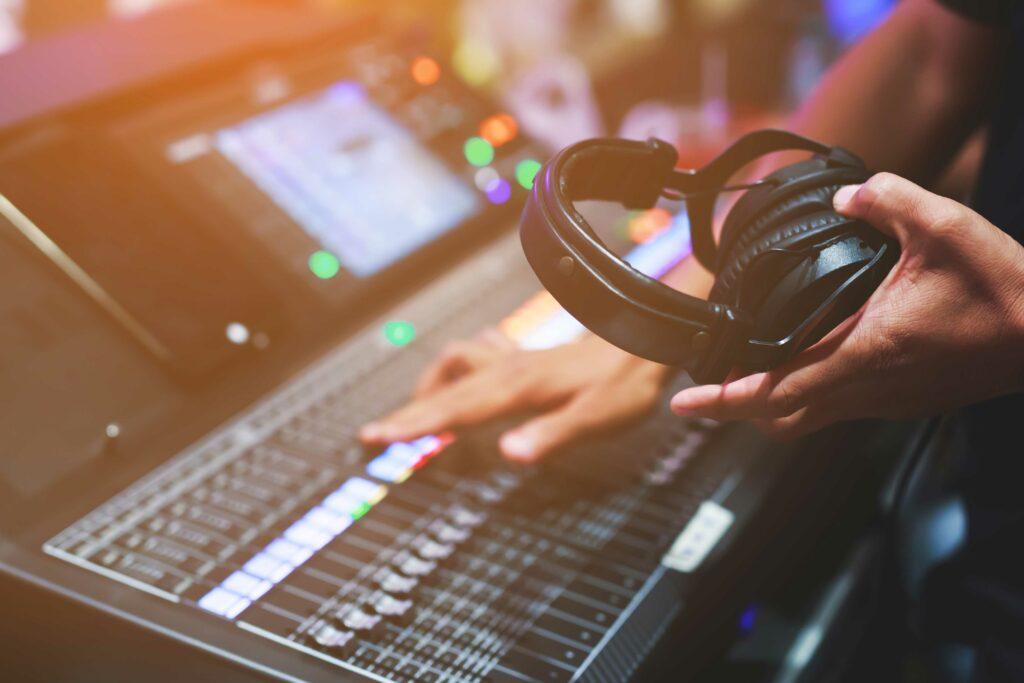 The main thing in an EDM song is the drop, this is what a chorus in electronic music is called.
The main thing in an EDM song is the drop, this is what a chorus in electronic music is called.
A drop represents a culmination of where this song is going.
The main feature of EDM, of its structure, is that it starts narrow and relatively weak, lacking power. It starts being dynamic with loud beats and quiet gaps between them, narrow in the stereo field, presenting itself only in a part of the audible spectrum.
All this creates the feeling that the music is inconsistent, and naturally, the listener wants more. The listener wants the song to become loud, wide, and wild. That’s how everything, in the beginning, longs to be resolved into the drop.
With the drop, everything is the opposite. It’s extremely wide, it engages all the frequency spectrum. It’s low in dynamics and so reaches extreme loudness.
While the beginning of an EDM song feels confined and restricted and longing for a resolution, the drop leads to the desired freedom. The thing is that for the human ear this resolution is satisfying, even addictive. This is one of the reasons for the incredible popularity of the genre and the promise that it will develop more and more in the future.
So, when we mix this music, we first focus on the drop. Make it as perfect as the drop should be, wide and impressive. Everybody should want to dance while listening to the drop. Use the hints we share below to work with the kick, other instruments, and vocals in the drop.
Verses and bridges go next. So first we mix the drop, and when the drop is ready we mix the other parts.
Tip#3 How to mix kick drum
First, we mix the kick because a good kick drum sound here will give you the best chance for success.
Kick, snare, hat and bass create the groove of the song but the kick is the most important one. It’s the main element, it needs to be the leading one, however, in an EDM mix, we don’t process the kick much.
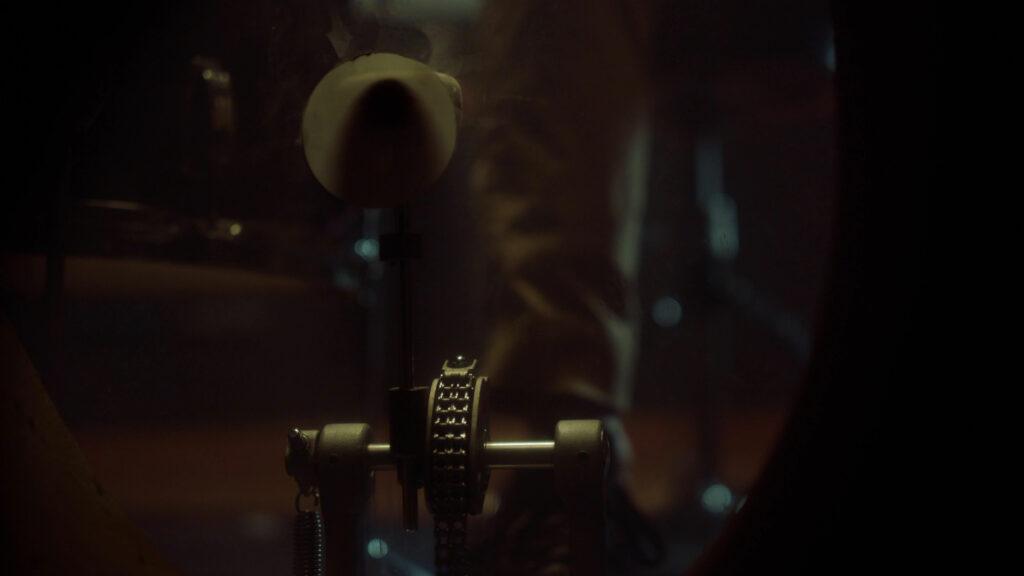 Good kick drum sound doesn’t require much processing
Good kick drum sound doesn’t require much processing
Kick is the most important instrument and should be perfect but there is no need to try to reach perfection using compression, saturation, and equalizer. Actually, you may use a little equalization on the kick but that’s it.
The sound design brings the kick drum to where it should be so that it sounds good and doesn’t need much processing afterward.
Create a new kick drum instead of processing the old one
There are VST plugins for sound design that will help you create any kick sound you like. Experienced producers and mix engineers don’t use much processing on the kick in this genre. They make and shape the sound they need inside the VST plugin in the first place.
If we don’t like the kick in the multitrack, we may synthesize a new, better sound. You can create a new sound by triggering, using the top of the old kick as a trigger for example.
An example of the VST plugin to create the kick is Kick2, you can find it among Sonic Academy’s products. Kick is a plugin that allows you to synthesize any kick drum sound you like. It can match any needed pitch and have whatever shape you want.
With Kick2 or a similar plugin, you can create any kick you want. You can change the loudness curve, the frequency of the kick, its click, the length of the kick, etc.
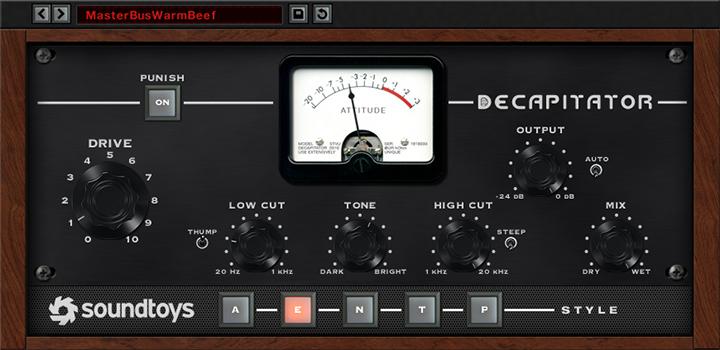 Tip#4 Pay attention to high-end frequencies
Tip#4 Pay attention to high-end frequencies
All the other instruments besides the kick should be bright. This is the second main difference between EDM and, for example, rock.
If you are curious about the differences between mixing EDM and rock, or if you are just interested in mixing rock music, check out our article How to MIX Rock Music: Mixing Tips and Tricks.
The main difference here is that the energy in rock music stays in the middle of the frequency spectrum.
On the contrary, with EDM, everything must be super bright. That’s why samples should have a lot of content in high frequencies. Check your mix for that, is it bright enough?
We often use saturation and equalization to improve the brightness of the tracks in EDM.
Tip#5 Deal with the peaks
EDM is intense, loud, and powerful. Because of the very essence of this genre, we need to make the sounds as full as possible, and this refers first of all to the bass.
We use a lot of saturation on the bass in EDM. The sound must be rich and have a lot of loud content throughout the frequency spectrum in the mix. So that it jumps right to your face, very energetic and compressed.
The master record will probably be as loud as about -6LUFS, or -5 RMS. A mastering engineer will not be able to create such loudness on the master channel if the mix has not been prepared professionally.
To prepare the mix to be able to reach such loudness we need to cut peaks and transients already at the mixing stage. We apply distortions, inflators, and soft clippers on the drum bus to restrict the dynamics of the mix.
Tip#6 Be careful with compression
There is one very important thing with this type of songs: EDM producers should be very careful with compression. This sounds counterintuitive, I mean, compression must be great to make a sound punchier and more energetic. But not with EDM. Compression doesn’t work well with such big sounds in general, and especially never with the EDM kick. Such sounds become smaller with compression, and not bigger.
Besides, VST kick drum sounds for EDM are already synthesized to be loud and impressive in the mix in the first place and shouldn’t require compression.
Tip#7 Use distortion on the kick
We love to use distortion on the kick. Distortion makes it punchier, and it sounds fatter and louder in a mix. Distortion also can add overtones or harmonics to the low kick sound creating content for kick higher in the spectrum.
Tip#8 How to mix bass
Bass in electronic dance music is completely different from live bass sounds. In EDM bass has rich harmonics, this feature is absolutely necessary and professional mix engineers and producers pay close attention to how these harmonics sound.
Pay attention to the lowest sub-harmonics
The lowest sub-harmonics of this bass must be louder than all other components of the sound.
The right way to create such a bass sound is with synth. The producer must make the right bass because if the sound is poor, it can not be improved later with an equalizer. The bass boost setting, if applied, will make the bass sound worse. The sustain will become longer and the sound will become not interesting, spoiled.
So, we try to mix bass sound with harmonics as powerful as possible. And if the original track is not good enough, we can redo the bass sound, synthesize it and use the original one as a trigger.
If you don’t like the bass track and can’t for some reason synthesize a better one, the way to enhance the low end of a bass sound then is by using multiband compression.
Kill the dynamics of the bass
The second hint for bass to sound great in the mix is to keep a very low dynamic range.
The bass shouldn’t go from loud to quiet, it must be the same all the time, just a consistent low-end sound.
The only difference in volume will appear at the drop, when everything becomes louder, including the bass.
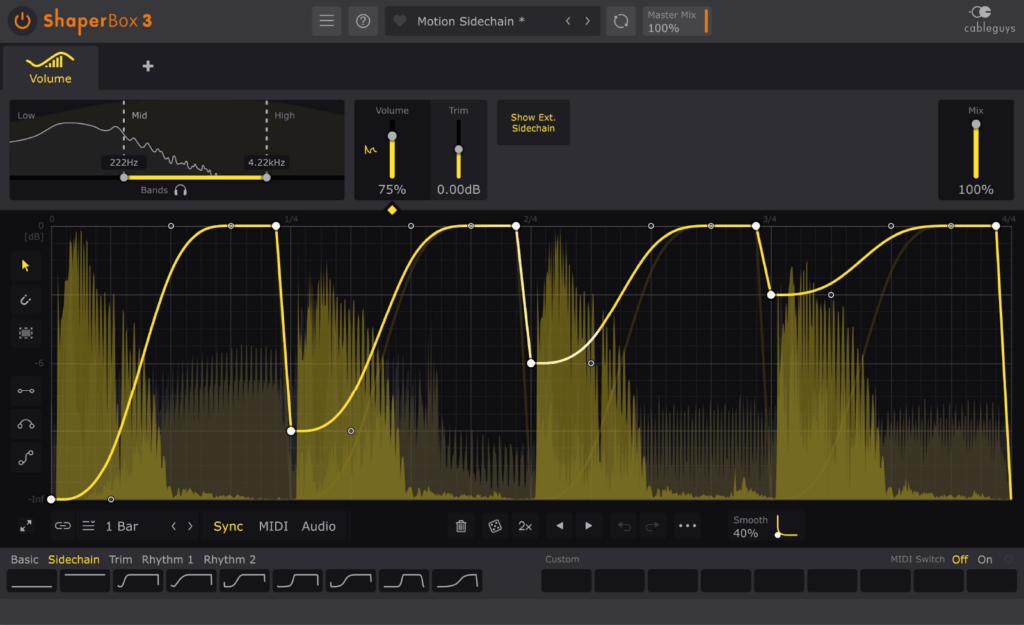 Shape the bass to give kick space
Shape the bass to give kick space
The third tip is regarding the co-existence of bass and kick. They shouldn’t mask each other, create conflicts in the bass frequencies, phase issues, and so on. You need to deal with their interference, and make room for each of them so that they sound great together.
There are several ways to do so in music production. We described the best ways of mixing kick and bass together in our article on mixing bass for Hip-Hop: 10 tips on mixing 808.
In this article, we explained that the simplest way to mix the bass and kick together is to cut the bass manually. You make small gaps in the bass wave at the times when kick strikes, apply fade-ins and fade-outs to the edges, and they will sound perfectly together, and the bass frequencies will be fine.
Another way is to use a volume shaper. The most famous is VolumeShaper from Cableguys. Using it similarly to side-chain compression, you will be able to change the volume of the bass whenever the kick sound is present and join them together perfectly.
Clear the bass frequencies with a high-pass filter
An EDM song sound can get muddy too easily, at the same time, in this genre, clarity is crucial, even the sub-bass sounds must be clear and perfect.
Certain sounds in the accompaniment may have content in the bass and sub-bass area, and it may not be obvious to your ears, but you’ll see the signal when you use meters. The same happens when producers work with any other genre. To make a mix sound great, you need to clear the low end and give room to each element, and then the mix sounds together well.
Use a high pass filter on other elements of the mix to clear the unnecessary content of bass and sub-bass. A high-pass filter will free your low-end sound from extra disturbances.
Tip#9 How to mix accompaniment in electronic dance music
And now we are getting to the part where we are mixing the accompaniment.
Besides bass, a low-end sound that gives basis and solidity to the accompaniment, we are talking about all the tracks, they are:
- pads, which are the sustained background sounds,
- leads, the sound that makes the melody of a song,
- plucks – short sharp sounds like a plucked guitar string, and other instruments
To make sure it sounds great, the accompaniment should be cleaned, balanced, and placed throughout the stereo field.
Aim for clarity
There is a tendency among producers to overload the accompaniment. As the EDM style allows the creation of complicated, interesting songs, producers and mix engineers need to make sure they have created space for all the elements.
Check first of all the frequencies around 300Hz, most often the music gets muddy if there are too many elements in the song. Clear it up until you hear every element clearly and the music is not muddy.
Be careful with stereo enhancers
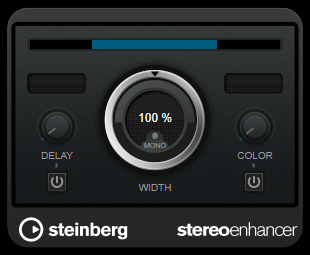 At our mixing and mastering studio, we often receive orders for mixing and mastering EDM songs, where leads or pads already have stereo enhancers applied to them. The producers or artists wanted the elements of their songs to sound wider, but what they actually created are phase and balance issues that we now have to fix in the mix.
At our mixing and mastering studio, we often receive orders for mixing and mastering EDM songs, where leads or pads already have stereo enhancers applied to them. The producers or artists wanted the elements of their songs to sound wider, but what they actually created are phase and balance issues that we now have to fix in the mix.
So, if you want to make the sound wider, try using reverb, maybe chorus on your sounds, not stereo enhancers.
Again, ideally, as we said earlier, the sound should come out of your synth with perfect stereo width, so that you don’t need to figure out what plugins to apply to it to make it fit the song. It’s better when the original sound from the synth sounds great.
In our article How to get wide stereo sound in mastering, we explain more about stereo width and what mistakes producers and mastering engineers should avoid when they chase extensive width and space to enrich the mix. Those tips can be used when you are working with the master channel, as well as for mixing and perfecting individual buses or tracks.
There is an additional way, though, to make a song sound even wider, and for it, you may use a stereo enhancer. The trick is to keep the verse narrow, but make the drop as wide as possible. For this purpose, gently narrow down the verse using a stereo enhancer, and then bring back the width for the drop.
Try using mid-side EQ
Mid-side equalization works perfectly with EDM accompaniment.
For example, you can boost hiģh frequencies in the side channel.
At the same time, you may attenuate some middle frequencies, for example around 500 Hz to give space for vocals or lead.
Balance everything
Nothing special about this step of mixing the accompaniment. As in any other genre, in EDM you’ll need to balance the elements of the accompaniment.
Tame some peaks and transients
At this point, some tracks of your accompaniment surely still jump out with unwanted peaks or tails. For example, the plucks may have transients that have to be reduced.
A useful thing to do at this point is to group the elements of the accompaniment and apply some tape distortion to the group.
Tip#10 How to get FX right
After we are done with the accompaniment, we turn to FX. They are different sounds that embellish the music, they can be buzzing, exploding, or flying-by sound effects.
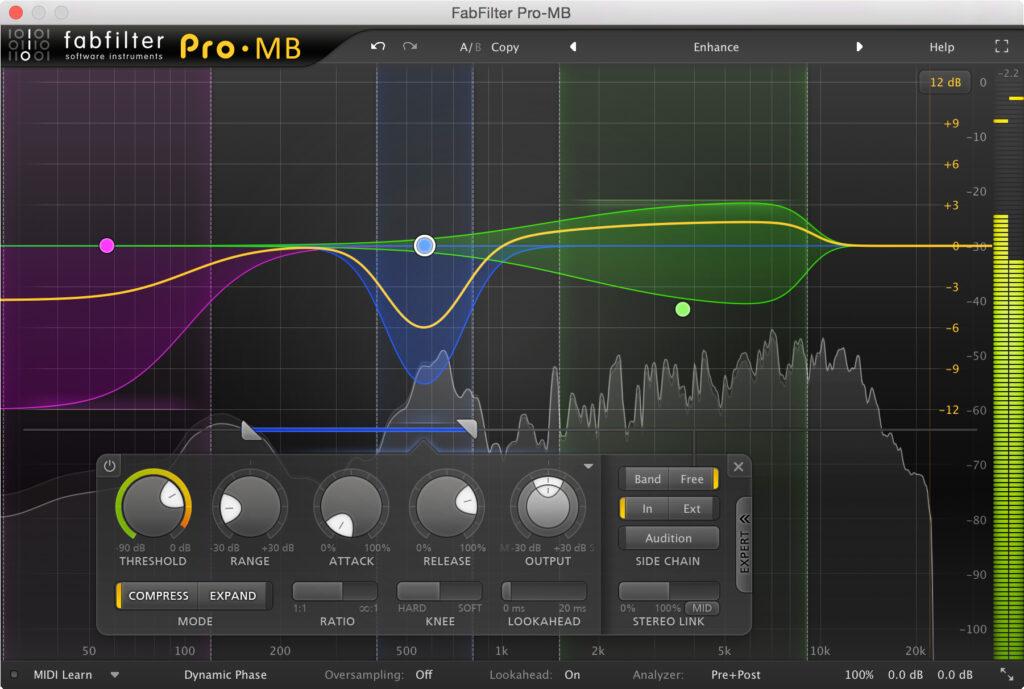 What producers do wrong with FX
What producers do wrong with FX
The problem with them is that the producers often become so carried away with all the creative effects they can add to the song, that they forget to make space for them and for other instruments. As a result, FX mask other instruments and fight with them.
We shouldn’t have conflicts in the mix, but especially, they can not appear in the low frequencies.
Ideally, all the elements of a song should be properly and thoughtfully placed at the composing and production stage, and then their fighting for space on the mix will be minimal.
However, in our studio, we often receive from our customer songs for mixing where instruments and FX appear in the same low frequencies at the same time.
Use sidechain multiband compression to manage FX
To solve this problem we use multiband sidechain compression. Using bass and kick as triggers for the sidechain compression, we mitigate the corresponding low frequencies in the FX. We use strong compressor settings so that it almost completely cuts said frequencies from the FX, because when bass and kick sound, FX absolutely must not hinder them in the same frequencies. However, in the gaps, the FX will appear in full.
Use distortion to cut the peaks
When all the effects are joined with other instruments properly and the mix sounds together well, we do one more thing. We unite them in a group and apply gentle distortion to tame the peaks.
Why mixing EDM vocals is different
A mixing engineer may receive one of the two types of EDM songs for mixing regarding the shape of vocal tracks.
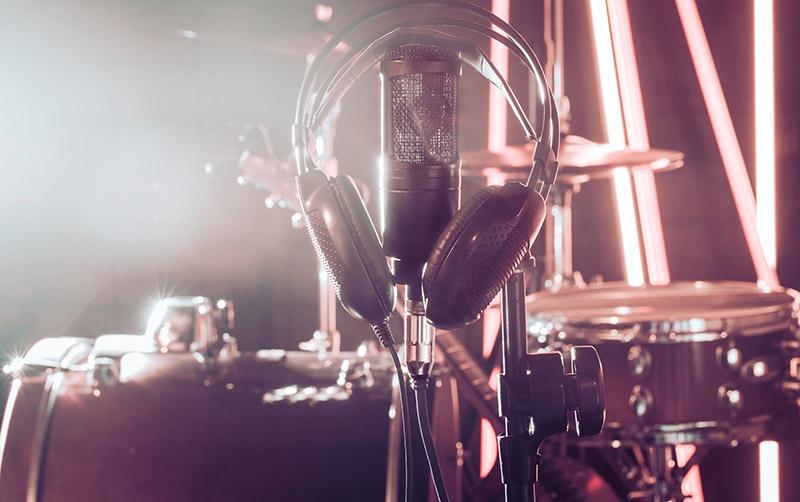 Mixing a ready vocal track
Mixing a ready vocal track
The first variant is when the vocal is already processed. In this case, the plugins to create a professional EDM sound for the vocal have already been applied to the track or tracks. It’s multiband compression, de-harsher, EQ, all kinds of reverbs, chorus, and so on. All the mixing engineer needs to do in this case is apply a little more processing if necessary, and join the vocal correctly into the mix.
Mixing a raw vocal recording
If the vocal in the multitrack is raw then a mixing engineer has to face creative challenges. Mixing vocals in EDM is an art and is similar to producing or composing. The peculiarity of the genre is that many effects that are not acceptable on vocals in other popular genres fit very well with EDM music.
Mixing vocals in EDM is more art than traditional engineers’ work. Doing it, you should feel free to improvise and experiment, but at the same time follow the high industry standards. In our studio, we make professional EDM vocal tracks for songs using reverbs, choppers, distortions, different filters, automation on equalization and volume, and many other plugins and techniques.
Perfection is a must
In mixing electronic music, first of all, we need to pay close attention to tuning and timeline. You have to make sure all the elements always have perfect pitch and exact timing, and vocal is not an exception.
Vocal can go wide in EDM
In the verses, we can use a chorus plugin on the vocal track and other effects that make the sound wider. In EDM wide vocals are perfectly normal. However, this is not true for the drop part, where leads and other instruments go too wide and the vocal has no choice but to stay in the center.
Mix your EDM song with Major Mixing studio
Want a free test mix of your track?
We get it.
That’s why we’ll do a full hybrid (analog + digital) mix of your song —
for free.
No upfront payment. No risk.
You only pay if you’re blown away. And if you are, we’ll slash 40% off the final price.
Nobody else in mixing and mastering offers this.
Why?
Because most studios say yes to every project. We don’t. We only mix what we’re excited about — so send us your best track. If we like it, we’ll mix it like it’s going to the Grammys.
👉 Just drop your name and email to get started.
Mixing is not an easy task because mixing creates the shape of the sound and for the big part determines the song’s future. If the level of mixing is just a little below what the industry requires today, the song, no matter how genius, has no chance to become popular, the competition is so high.
If you are not professional in mixing, we invite you to trust us in shaping your song. Each of us in Major Mixing studio has good experience in mixing top songs with the highest industry quality. We want you to succeed.
Contact us any time, we’ll be happy to help you create and grow your career.






